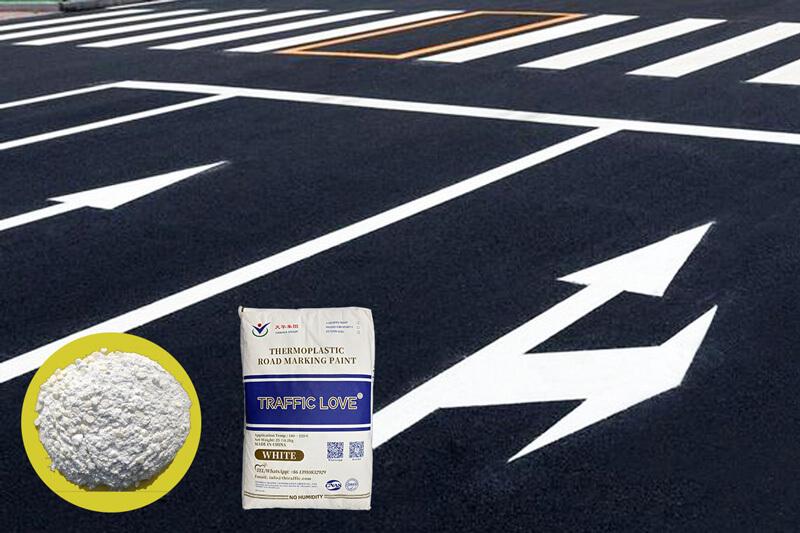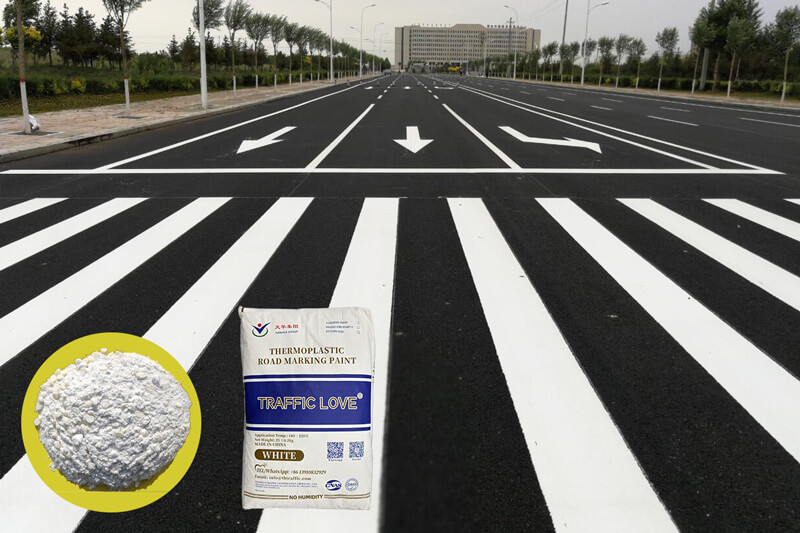Thermoplastic Materials: Properties, Applications, and Benefits for Modern Infrastructure

In today’s fast-paced industrial and construction sectors, the demand for durable, sustainable, and versatile materials has never been higher. Thermoplastic materials have emerged as one of the most important innovations, revolutionizing industries such as manufacturing, automotive, medical devices, and infrastructure development. Their unique ability to soften when heated and harden upon cooling makes them easy to mold, reuse, and recycle, offering both functional and environmental advantages.
From high-performance engineering components to essential road safety applications, thermoplastics are redefining how we build and maintain the world around us. In this article, we’ll explore what thermoplastic materials are, their key properties, and how they are transforming industries — with a closer look at their growing role in infrastructure and road safety solutions.

Understanding Thermoplastic Materials
Thermoplastics are a category of polymers that become soft and moldable upon heating and solidify when cooled. Unlike thermosetting plastics, which undergo a permanent chemical change during curing, thermoplastics can be reheated and reshaped multiple times without losing their fundamental properties.
Key Properties of Thermoplastic Materials
-
Recyclability – Since thermoplastics can be reheated and reshaped, they are easier to recycle compared to thermoset plastics.
-
Durability – They resist impact, abrasion, and environmental factors, making them suitable for demanding applications.
-
Lightweight Nature – Despite being strong, thermoplastics are significantly lighter than metals or ceramics.
-
Chemical Resistance – Many thermoplastics resist corrosion and damage from chemicals, oils, and solvents.
-
Versatile Processing – They can be processed using various methods like injection molding, extrusion, blow molding, and thermoforming.
Common Types of Thermoplastic Materials
The versatility of thermoplastics is due to the wide range of types available, each with unique characteristics.
-
Polyethylene (PE) – Widely used for packaging, containers, and piping due to its flexibility and chemical resistance.
-
Polypropylene (PP) – Known for its fatigue resistance and used in automotive parts, textiles, and reusable containers.
-
Polyvinyl Chloride (PVC) – Used in construction, plumbing, and electrical insulation for its durability and weather resistance.
-
Polystyrene (PS) – Common in insulation, disposable cutlery, and packaging.
-
Acrylic (PMMA) – A transparent, shatter-resistant alternative to glass.
-
Polycarbonate (PC) – Highly impact-resistant and used for safety equipment, eyewear, and electronics.
-
Nylon (PA) – Strong and wear-resistant, often used in gears, ropes, and fabrics.
Conclusion
Thermoplastic materials are much more than just another category of plastics they are a cornerstone of modern industry and infrastructure. Their unique combination of strength, versatility, recyclability, and cost-effectiveness makes them indispensable in sectors ranging from automotive and medical devices to road safety and construction.
As technology advances, we can expect even more sustainable, durable, and high-performance thermoplastic solutions to emerge, shaping the way we build, transport, and live in the years to come. For high-quality, long-lasting thermoplastic road marking solutions, experts like Gentem are at the forefront of delivering reliable and innovative results.
- Art
- Causes
- Crafts
- Dance
- Drinks
- Film
- Fitness
- Food
- Spiele
- Gardening
- Health
- Startseite
- Literature
- Music
- Networking
- Andere
- Party
- Religion
- Shopping
- Sports
- Theater
- Wellness



